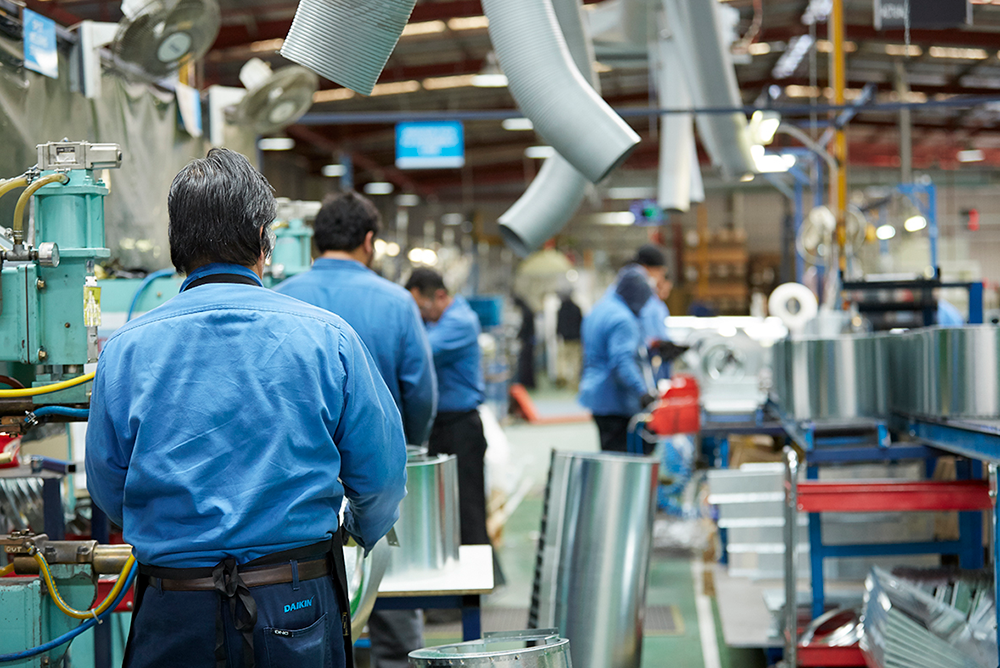In the world of product development, the marriage of design and engineering is crucial for achieving successful outcomes. The collaboration between these two disciplines lays the foundation for products that meet and exceed expectations.
Let's explore how these seemingly distinct disciplines can harmonise to create exceptional outcomes.
Key Differences Between Design and Engineering
Design is primarily concerned with the aesthetics and user experience of a product. It focuses on creating visually appealing, ergonomically functional designs that resonate with consumers. Design aims to establish brand identity and emotional connections with users.
On the other hand, engineering focuses on optimising a product's design for manufacturability. It considers factors such as materials, production methods, and assembly techniques to ensure a design can be efficiently and cost-effectively manufactured at scale.

Our Playbook
When you work with HonePD, our process weaves together design and engineering. We typically follow a step-by-step approach for each project.
-
We start with the product idea
-
Then, we move into understanding the problem the product is solving for the user
-
A design brief is generated along with product requirements
-
Initial concept designs, mechanical concepts and user function-focused concepts are produced
-
From here, a proof of concept as a mocked-up lowest fidelity version is developed
-
We then create a detailed design using CAD
-
We move to the design-to-manufacture phase, which is optimised to be made easy at scale
-
Finally, we engage suppliers to work out costs
Achieving Extraordinary Outcomes through the Integration of Design and Engineering:
While design and engineering have distinct goals, they are not mutually exclusive. Successful products often emerge from a collaboration between these two disciplines. Design ensures that the product is desirable to consumers, while engineering ensures that it is manufacturable. Here are a few of the ways they work together.
1. Achieving Balance
Finding the right balance between design and engineering is the key to successful product development. Design ensures the practicality and efficiency of production, while engineering enhances the product's visual appeal and user experience. By striking this equilibrium, products are created that satisfy both practical needs and aesthetic desires.
2. Innovation & Collaboration
Early collaboration between design and engineering professionals is essential. As the product takes shape, our teams work together to integrate manufacturability considerations into the design process. This prevents last-minute clashes between design visions and production constraints, leading to smoother development cycles and innovation.
3. Iterative Design
An iterative design approach allows for continuous refinement based on feedback from both design and engineering perspectives. Design iterations enable adjustments that enhance the product's visual appeal and manufacturability. This approach minimises surprises and ensures that any modifications align with both disciplines.
Challenges in Integrating Design and Engineering
While integrating design and engineering brings immense benefits, it has its challenges. Let's explore some common hurdles that can arise when harmonising these two critical aspects of product development.
1. Design vs. Manufacturability Conflict
One of the primary challenges is balancing design aspirations with manufacturability. Design often seeks innovation and intricacy, while engineering aims for practicality and ease of production. Striking a compromise can be challenging, as designs might clash with engineering principles, leading to potential delays and increased costs. But through our process, we ensure there is never a conflict.
2. Time Constraints
The integration of design and engineering requires time for iteration and collaboration. Design changes made by one team may need to be reevaluated by the other, which can extend development timelines. Rapid design iterations might be challenging to accommodate, especially if manufacturing processes need frequent adjustments. But at HonePD, both design and engineering are part of our process.
3. Managing Trade-offs
Balancing the trade-offs between aesthetics and manufacturability is a complex task. While a design may be visually stunning, it might be cost-prohibitive or challenging to produce. Managing these trade-offs requires careful consideration and clear communication between teams to ensure a cohesive final product. We’re certainly up to the challenge!
Our Case Studies
We partnered with the World Mosquito Program (WMP) as a design and supply partner to provide machines and equipment to aid in their work fighting mosquito-borne diseases.
We worked as project design leaders, collaborating with partners, including Melbourne University, Horizon Defence Systems, and Aegis-X, to execute the first stage of the CRCX Helmet development program.
Conclusion
The marriage of design and engineering is essential for achieving seamless product development. By integrating these disciplines, products can be created that are visually captivating, emotionally engaging, and efficient to manufacture. That’s why our process includes both perspectives as a design and supply process framework.
If you’re ready to kick-start a large-scale manufacturing project, get in touch with us here to find out how to take your products to market.